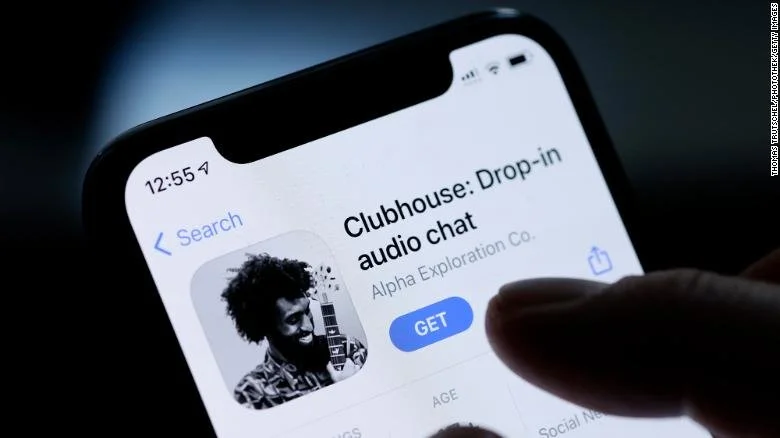Inside Clubhouse: The new, invite-only social app on the block
Simply put, social media newcomer Clubhouse banks on a “fireside chat” experience — with a few layers of exclusivity. As for how to get in, we’ll get to that later.
A more expanded explanation for it would be: It’s a “drop-in audio chat” app that allows its users to listen to real-time talks, interviews, and discussions of and with notable people cloaked in an aura of exclusivity — no one can record the sessions.
Image courtesy of Getty Images via CNN
Why is it suddenly on everyone’s radar?
Clubhouse has been around since March 2020, but it wasn’t until SpaceX and Tesla founder and CEO Elon Musk hosted a room with Robinhood CEO Vlad Tenev that everyone took notice. The room limit was maxed out and they had to stream the event on YouTube, but it gave the app the buzziness it is enjoying today.
Now valued at $1 billion, it’s been hailed a Unicorn startup alongside Uber and Airbnb.
So what goes on inside Clubhouse and why should we care?
Active conversations happen in “rooms” which go within “clubs.” These are your usual thematic interest groups that can be found based on preferences upon registration or through keyword search. These rooms will cease to exist after an event ends, which ultimately creates anticipation for what comes next with both users and non-members.
In Clubhouse, you either talk or listen. The rooms provide for audio communication alone, and you can choose to listen, ask questions, contribute, or become a speaker (with the room organiser’s permission). To form a “club,” however, you need the go-ahead of the network’s moderators.
What’s interesting about Clubhouse is that it has allowed members to build a community of like-minded people and encouraged an environment for deep-thinkers, innovators and thought-leaders who may not have much traffic on the usual social media channels to have a following. Brands have been tapping them to host rooms on their behalf — and audiences tune in for whatever they have to say.
Along with apps like Discord, OnlyFans, and Patreon, Clubhouse brings weight to on-demand and quality content.
Bollare Vice President of Business Development Farris Green told Vogue Business that she uses Clubhouse to connect with thought leaders. “It’s rare to have those kinds of authentic discussions,” she said.
How do you get in?
For the time being, the app is invite-only, so you can’t get in unless a member hooks you up with access to set up an account. The link is through mobile and leads you to a signup page. Invites are limited — members are allowed to invite only two people. At least, for now. That could change in the future.
Image courtesy of Farris Green via Vogue Business
Should marketers make a drop-in?
Yes. It’s a gold mine for anyone who wants to source business connections and high-end knowledge because, a) it is high-profile, both in terms of speakers and reach and b) the hook for new members is insane right now.
Since it plays with not-to-be-missed, real-time exchange of ideas, it has become a hub for unique insights you can’t get through direct promotion and marketing. Some rooms are used entirely for competitor research, product development, or social listening.
Key takeaway
The popularity of Clubhouse should come as no surprise — well-thought-out, innovative ideas, bold-faced names and an air of exclusivity virtually guarantees that it would be a hit. What is surprising is how it has taken this long for us to realise that incisive feedback and intelligent thought leadership would always be valuable currency.
Besides, its very nature of “disappearing” rooms can help expose users to diverse conversations only enriched with clashing and different viewpoints.
Clubhouse’s appeal is its allowance for diving deep into general interests we all share minus your usual persistent notifications. It zooms in on things you care about without all the noise. After all, isn’t it all about properly managing our energy?


